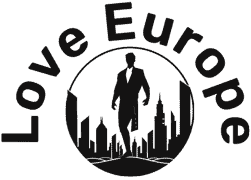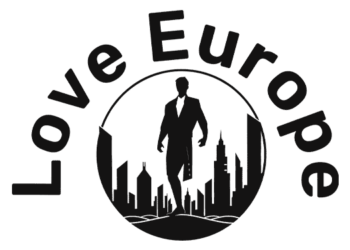
As European ruling circles increasingly fear a Trump victory might slow the flow of arms and money to Zelensky, however, there is mounting panic and disorganization in their war policies, and certain calls to open feelers for peace talks while also escalating war and military spending.
The Kiel Institute warned, “Ukraine could face a significant shortfall in aid” if the incoming US administration next year were to cut financial support to Ukraine and press for peace talks. While the “current level of effort” would lead to spending €113 billion on the Ukraine war in 2025, the Kiel Institute called for more spending, without which this number could be halved, depending on decisions taken in Washington and Berlin:
Without new US aid packages, military aid could drop to around €34 billion, while financial aid would fall to around €46 billion. Should European donors also scale back their efforts and follow Germany’s recent announcement to halve their contributions, military aid would shrink to just €29 billion, with financial aid dropping to approximately €27 billion. Under this scenario, total aid to Ukraine could therefore be halved to around €55 billion.
In an interview with the Financial Times at the beginning of the month, outgoing NATO Secretary Jens Stoltenberg even floated the possibility that Ukraine could negotiate a ceasefire with Russia. “After the [US] election there will be a kind of new momentum, a new initiative to try to get some movement,” Stoltenberg said. “It may include ways to try to get movement on the battlefield combined with movement around the negotiating table.”
Calling to escalate fighting so that Zelensky’s government can “sit down down with the Russians and get something which is acceptable . . . something where they survive as an independent nation,” Stoltenberg proposed a parallel with the 1939 Soviet-Finnish war: “The war ended with [Finland] giving up 10 percent of the territory. But they got a secure border.”
This argument, it must be said, exposes the NATO powers. Shortly after the war began in 2022, Russian and Ukrainian officials negotiated a broadly similar ceasefire in Turkey. However, it was vetoed by then-British Prime Minister Boris Johnson, who instructed Ukrainian officials to disavow it and to fight to seize all Russian-speaking areas of southern and eastern Ukraine. The roughly half-million Ukrainians and Russians who have died since then did not die because peace was unacceptable to the Ukrainian or Russian people but because it was unacceptable to NATO.
Enormous uncertainty remains on what type of escalation the NATO powers will try to organize against Russia in the coming weeks. But as the US-backed Israeli regime escalates its genocide in Gaza and bombs Lebanon and Syria, where Russian and Iranian troops are deployed, what is evident is that the course of NATO policy is not towards peace but towards new and even greater wars. The most urgent issue is mobilizing and unifying the working class, across Europe and internationally, to oppose this escalation and force an end to the war.
Sign up for the WSWS email newsletter
Source link : http://www.bing.com/news/apiclick.aspx?ref=FexRss&aid=&tid=67181fe2ff6b468082e5f6da1650b626&url=https%3A%2F%2Fwww.wsws.org%2Fen%2Farticles%2F2024%2F10%2F12%2Fwnul-o12.html&c=12998179829997839212&mkt=en-us
Author :
Publish date : 2024-10-11 23:26:00
Copyright for syndicated content belongs to the linked Source.



